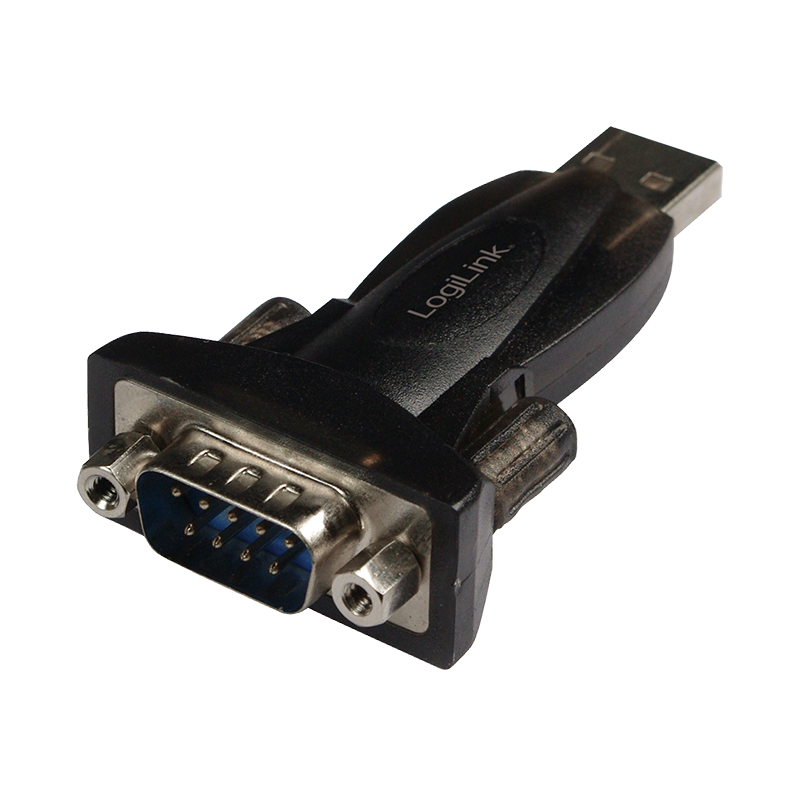

USB host controller extension (Ucx01000.sys) Windows loads the xHCI driver as the function device object (FDO) in the device stack for the host controller. It also controls the xHCI controller device slots and endpoint contexts. After completing a transfer, the driver handles transfer completion events from the hardware and propagates the events up the driver stack. The responsibilities of the xHCI driver include initializing MMIO registers and host memory-based data structures for xHCI controller hardware, mapping transfer requests from upper layer drivers to Transfer Request Blocks, and submitting the requests to the hardware. The xHCI driver is the USB 3.0 host controller driver. USB 3.0 host controller driver (Usbxhci.sys) The KMDF driver model reduces complexity and improves stability. Microsoft created the USB 3.0 drivers by using Kernel Mode Driver Framework (KMDF) interfaces. The USB 2.0 driver stack ships in Windows XP with Service Pack 1 (SP1) and later versions of the Windows operating system. Windows loads the USB 2.0 driver stack for devices that are attached to eHCI, oHCI, or uHCI controllers. Windows loads the USB 3.0 driver stack when a device is attached to an xHCI controller. The diagram shows separate USB driver stacks for USB 2.0 and USB 3.0. The following figure shows the architectural block diagram of the USB driver stack for Windows. If you can't see the desktop and instead see a blue, black, or blank screen, see Troubleshoot blue screen errors or Troubleshoot black or blank screen errors.This article provides an overview of the Universal Serial Bus (USB) driver stack architecture. Windows will attempt to reinstall the driver.

Right-click (or press and hold) the name of the device, and then select Uninstall. If Windows doesn't find a new driver, you can try looking for one on the device manufacturer's website and follow their instructions. Select Search automatically for updated driver software.

Select a category to see names of devices, then right-click (or press and hold) the one you’d like to update. In the search box on the taskbar, enter device manager, then select Device Manager. You probably already have the most recent drivers, but if you'd like to manually update or reinstall a driver, here's how: Before you beginĭriver updates for Windows, along with many devices, such as network adapters, monitors, printers, and video cards, are automatically downloaded and installed through Windows Update.

If you are having problems with Windows Update, you might see if any of the links at Update Windows can help you out first. Note: The best and safest way to get driver updates in Windows is always through Windows Update.


 0 kommentar(er)
0 kommentar(er)
